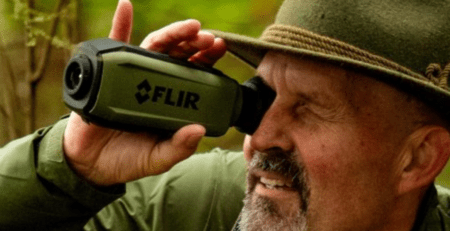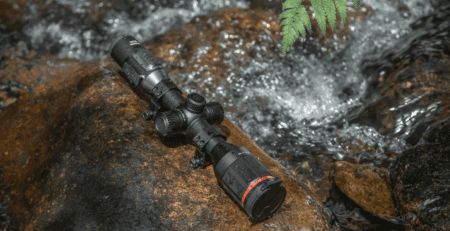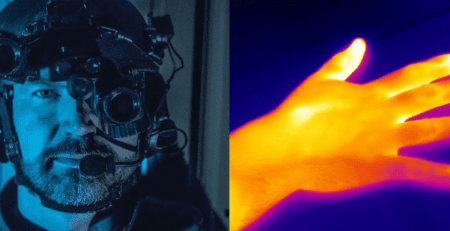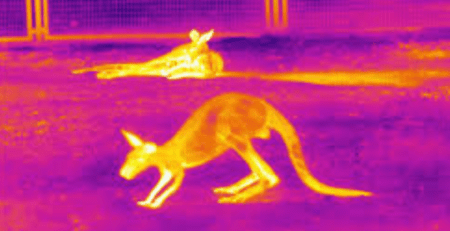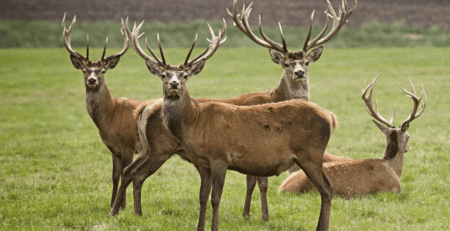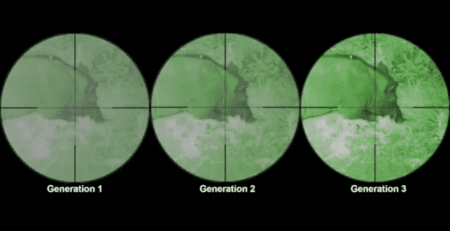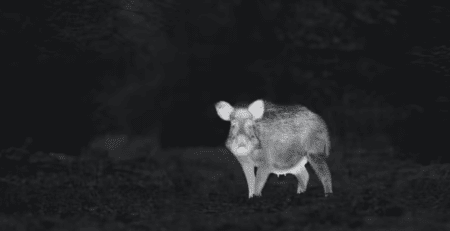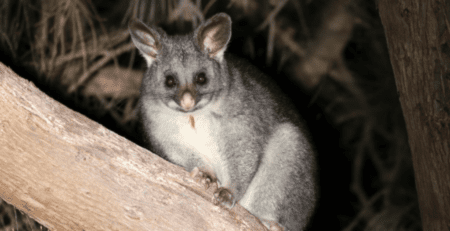Thermal Technology Promises to Halt Poaching of Rhinos
Thermal Technology Promises to Halt Poaching of Rhinos
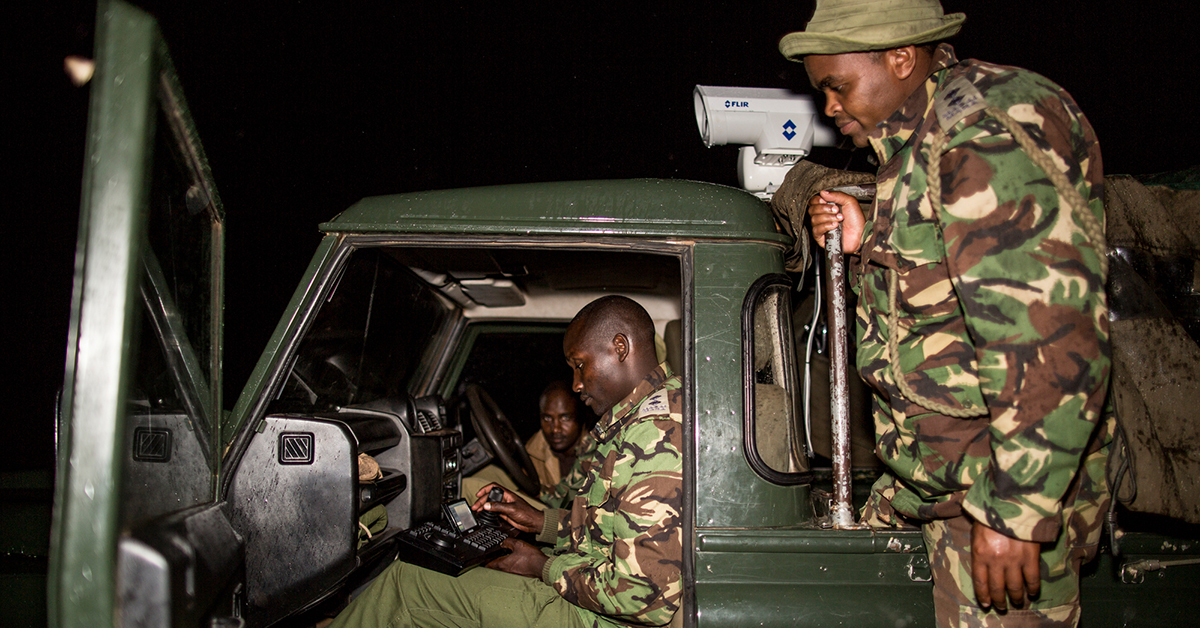
Piloting Thermal Technology in Ol Pejeta Conservancy
Ol Pejeta Conservancy is home to the largest population of black rhinos in east Africa, making it not only one of the most important sites for black rhinos in Kenya, but also in all of Africa. WWF selected Ol Pejeta as one of the first parks for the Kifaru Rising program and over the course of 2019 and early 2020, significant infrastructure, solar power, and Cisco communication and networking equipment were set up to support the installation of long range thermal FLIR cameras along the perimeter of the park.
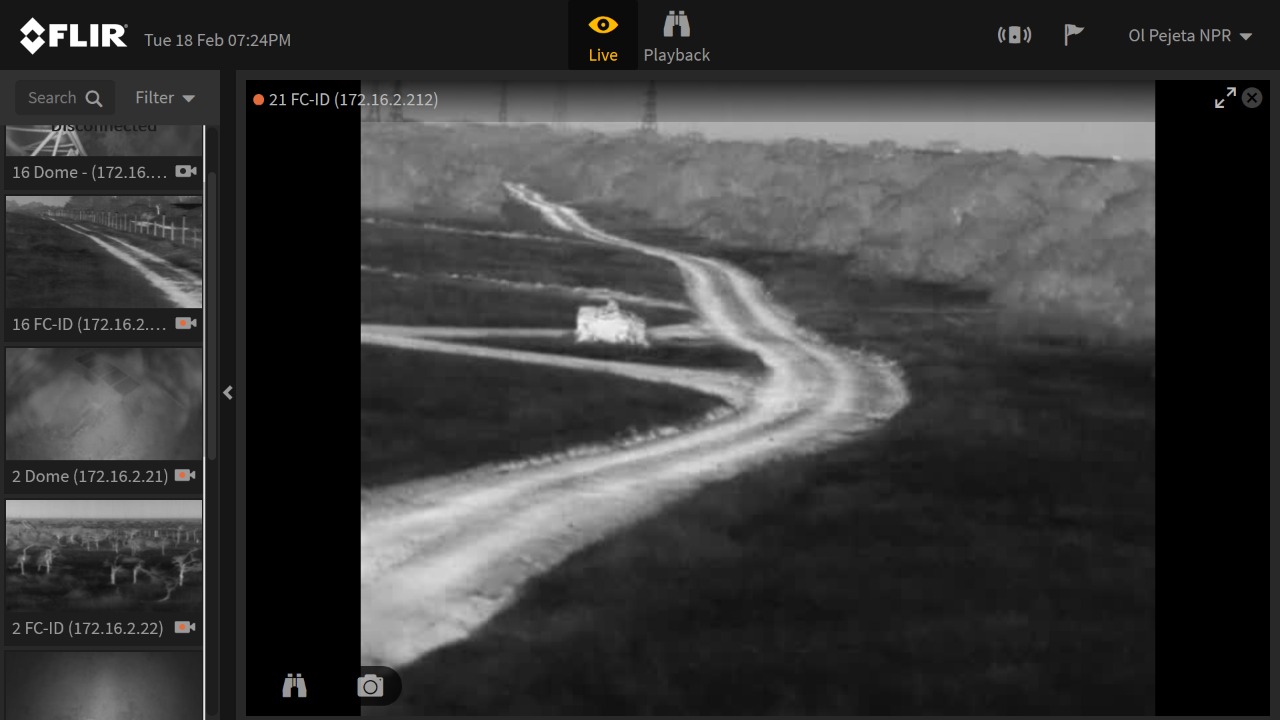
In February of this year, WWF’s technology team visited Ol Pejeta to install the first set of FLIR cameras, initiate the system, and train the conservancy staff in care and use of the system. The COVID-19 outbreak and associated travel restrictions have delayed the final installation of FLIR cameras. Nevertheless, WWF, Ol Pejeta and our local partners have adapted to keep the project moving forward. For example, we configured FLIR cameras, security software and servers, and additional networking equipment through numerous Zoom trainings and (long) WhatsApp calls with IT staff from Ol Pejeta, as well as FLIR and Cisco engineers around the world.
Looking Ahead
WWF, FLIR, and our Kenyan partners will continue to build upon their successes to protect wildlife populations, their habitats and local communities affected by poaching and COVID-19 in Kenya. The Kifaru Rising project represents the broadest scale deployment of this kind of technology and promises to help rhino populations thrive.





